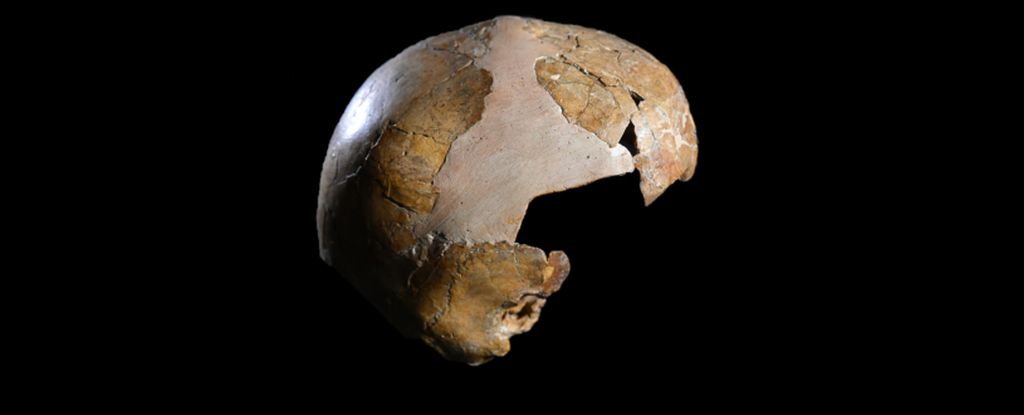
UPDATE: A groundbreaking discovery has just revealed the skull of a small child, dating back approximately 140,000 years, as the oldest known evidence linking Neanderthals and modern humans, or Homo sapiens. This finding, announced by a team of researchers from Tel Aviv University, the French National Museum of Natural History, and the University of Liege, reshapes our understanding of human ancestry and interbreeding.
The skull, unearthed from the Skhul Cave in Israel, shows distinct features indicative of both Neanderthals and modern humans, challenging previous beliefs about their coexistence in that region. The child, who died between the ages of three and five, had a cranium resembling that of modern humans, yet exhibited dental and auditory traits typical of Neanderthals.
“This fossil marks the earliest known physical evidence of mating between Neanderthals and Homo sapiens,” stated anthropologist Israel Hershkovitz from Tel Aviv University. “Our study reveals that some fossils from the Skhul Cave are the result of genetic infiltration from the local Neanderthal population into Homo sapiens.” This critical insight indicates that interbreeding likely occurred far earlier than previously thought.
The Skhul Cave site, recognized as the earliest known organized burial location, has long been a focal point for anthropological research. Excavations dating back to 1931 uncovered the partial remains of the child alongside other ancient human fossils. Until now, these remains were largely regarded as belonging strictly to early modern humans.
Recent advancements in technology, including high-resolution 3D scanning, have allowed for a more detailed analysis of the skull’s structure and blood supply system. The newly published research in L’Anthropologie confirms that Neanderthals may have inhabited the region much earlier than the previously established timeline of 70,000 years ago. A 2021 study even suggested that Neanderthal presence in Israel could date back as far as 400,000 years ago.
This discovery is not just a scientific milestone; it adds a rich layer of complexity to our understanding of human evolution and migration patterns. With evidence of interbreeding dating back 250,000 years, researchers emphasize the importance of recognizing the intertwined histories of these two species.
As interest in this field continues to surge, the implications of this discovery raise questions about our own genetic heritage. The findings could lead to further investigations into how Neanderthals influenced the development of early modern humans.
What happens next? Scientists are expected to conduct additional studies to uncover more about the interactions between Neanderthals and Homo sapiens, potentially revealing more secrets of our shared past. The impact of this research will likely resonate in future anthropological discussions and could lead to a reevaluation of existing theories concerning human evolution.
Stay tuned for more urgent updates as this story develops. The revelations from the Skhul Cave are set to ignite conversations about our origins and the legacy of Neanderthals in today’s human population.





